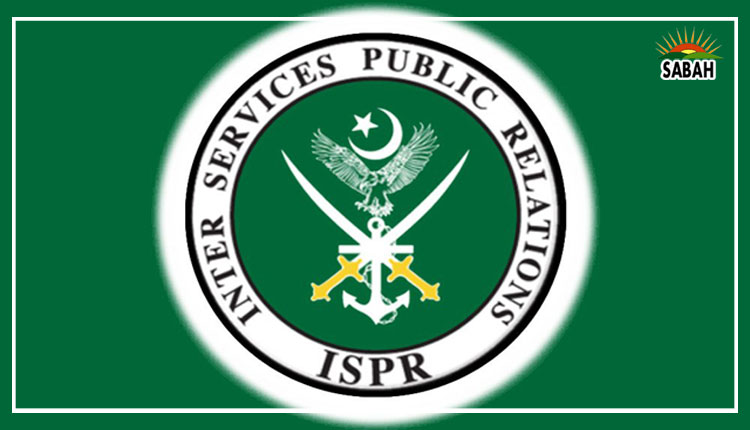The AMR threat… Dr Muhammad Uzair Mukhtar
Antimicrobial resistance (AMR) occurs when microorganisms develop the ability to survive and multiply in the presence of drugs that were previously effective against them. Overuse and misuse of antimicrobial drugs, inadequate infection prevention and control practices, and poor sanitation contribute to the rise of drug-resistant strains.
In Pakistan, these factors are prevalent, exacerbating the problem and placing an immense burden on the healthcare system. This can lead to infections that are more difficult or impossible to treat, which can have serious consequences for public health.
Drug resistance is an urgent global concern that poses a significant threat to public health. The emergence and spread of drug-resistant pathogens render once-effective antimicrobial drugs ineffective, leading to prolonged illness, increased healthcare costs, and even death.
Pakistan, like many other countries, is grappling with the challenges posed by rapidly rising antimicrobial resistance. To effectively combat this issue, comprehensive surveillance and immediate action are needed to prevent a potential healthcare crisis.
One of the critical steps towards addressing AMR is the establishment of robust surveillance systems. Surveillance helps monitor the prevalence and patterns of resistance, identify high-risk areas, track the effectiveness of treatment options, and inform policy and intervention strategies.
Without timely and accurate data on AMR, it is challenging to implement targeted measures to control its spread. In Pakistan, significant efforts have been made to strengthen antimicrobial resistance surveillance through the Antimicrobial Resistance National Action Plan (AMR-NAP).
The AMR-NAP is a comprehensive strategy developed by the government, in collaboration with various stakeholders, to address the growing threat of AMR. It outlines key objectives and strategies for the prevention, control, and containment of antimicrobial resistance.
The AMR-NAP aims to enhance surveillance systems by improving data collection, analysis and reporting mechanisms. This includes the establishment of a national surveillance network to monitor AMR patterns across healthcare facilities, veterinary clinics and laboratories throughout the country.
By collecting and analyzing data on resistance, healthcare providers can make informed decisions regarding antibiotic prescriptions and implement appropriate infection prevention and control measures.
The AMR-NAP also focuses on capacity-building and training healthcare professionals to enhance their understanding of antimicrobial resistance and promote responsible use of antibiotics. Education and awareness campaigns targeting healthcare providers, policymakers and the general public are also being conducted to highlight the dangers of antimicrobial resistance and emphasize the importance of prudent antibiotic use.
The AMR-NAP also emphasizes the importance of promoting research and development of new antimicrobial drugs and investing in healthcare infrastructure to strengthen infection prevention.
To further strengthen surveillance efforts, a collaboration between human and animal health sectors is essential. Antimicrobial resistance is not limited to humans; it affects animals as well. Antibiotics are widely used in veterinary medicine and aquaculture, contributing to the selection and spread of resistant bacteria. A one-health approach, which recognizes the interconnectedness of human, animal and environmental health, is crucial for effective AMR control.
In addition to surveillance, addressing antimicrobial resistance requires a multifaceted approach. This includes promoting the responsible use of antibiotics, improving infection prevention and control measures, enhancing healthcare infrastructure, and investing in research and development of new antimicrobial drugs.
Public awareness campaigns should also be launched to educate the general population about the dangers of antimicrobial resistance and the importance of prudent antibiotic use.
Pakistan also needs to strengthen its regulatory framework to regulate the sale and distribution of antibiotics. Strict enforcement of prescription-only policies, antimicrobial stewardship programmes in healthcare facilities, and monitoring of antibiotic use in the veterinary sector are critical steps in curbing antimicrobial resistance.
Rapidly rising antimicrobial resistance is a ticking time bomb that requires immediate attention. Without concerted efforts to address this public health threat, we risk losing the ability to treat common infections and face a future where minor injuries can become life-threatening. Governments, public health organizations, healthcare providers, veterinarians, and people all have a role in addressing the threat of AMR and promoting the responsible use of antimicrobial drugs.
Pakistan’s commitment to enhancing antimicrobial resistance surveillance through initiatives like the AMR-NAP is commendable. However, sustained political will, increased funding, and coordination among all stakeholders are necessary to effectively control and prevent AMR in the country.
Courtesy The News












